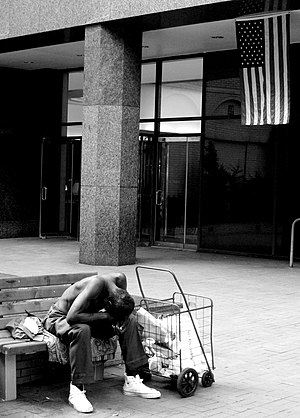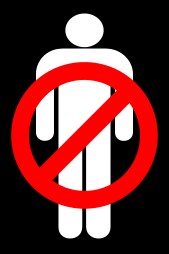At a recent forum, University of Oklahoma sociology professor Susan Sharp charged that her state’s drug laws are “mean,” and that its tough-on-crime sentencing guidelines are to blame for nearly all of the women serving lengthy prison terms there. Oklahoma’s backwards prison system provides little help to addicts and the mentally ill, and the state is full of “lock ‘em all up” politicians who are unconcerned with rehabilitating criminals.
In recent years, Oklahoma has been the state that imprisons women at the highest rate in the nation. Oklahoma locks up 128 women per 100,000—nearly twice the national average. At the end of the last fiscal year, roughly 2,600 women were incarcerated in Oklahoma prisons, a figure that has remained relatively flat since 2005. A disproportionate percentage of them are black, and 85% of all female prisoners in Oklahoma are mothers.
Sharp declared:
Women usually end up in prison due to three factors: coming from poverty-stricken backgrounds, being in relationships with men who engage in criminal behavior, and suffering from a long history of abuse. As girls growing up in these environments become women, they usually fall into a criminal lifestyle due to one of these three pathways. Yet we’ve ignored these families for generations.
Sharp complained that too many women are being sentenced to lengthy prison terms for having quantities of drugs that would bring little to no punishment in other states. She also spoke out against drug traffickers being forced to serve 85% of their sentences when drug rehabilitation would do more good at a considerably lower cost to the state.
The way Oklahoma defines drug trafficking is the root-cause of the problem. Someone arrested with five grams of crack cocaine can be charged with trafficking and face a sentence up to 25 years. Yousef Khanfar, an award-winning photographer who has spent years photographing and interviewing women in Oklahoma’s prison system, said at the same forum: “In Chicago and other places, if they found you had only five grams of crack cocaine, they would flush it down the toilet. Putting someone in prison for 25 years costs $2 million or $3 million, whereas a year in rehab costs about $50,000.
Sharp charged that Oklahoma doesn’t invest enough money in mental health facilities and drug-treatment programs. She also criticized the state’s participation in a new Justice Reinvestment Initiative program that sends men and women on parole back to prison for the slightest infraction—even missing an appointment or failing to pay a monthly fine. ““We have set up debtors’ prisons in Oklahoma,” Sharp laments.
Jane Nelson, chair of the Oklahoma Women’s Coalition, said:
We hope to see legislation enacted in the next legislative session that will find alternatives to prison for women convicted of nonviolent offenses. Too many women are going to prison, destroying their families, because of addictions.
One study reported that while 40% of Oklahoma women sent to prison were black, only 29.6% of black women were placed on probation, whereas 53% of Oklahoma white women were sentenced to prison (versus 29.4% of women nationally), and a whopping 63.7% of white gals got probation.
Another study revealed that only 9.2% of Oklahoma female prisoner were found guilty of violent offenses, versus 34.6% for drug offenses and 15% for simple drug possession. Oklahoma’s female incarceration rate for drug offenders is higher than the national average. This speaks to the need for effective drug abuse programs both inside the institutions and in the communities.
RELATED ARTICLES




























